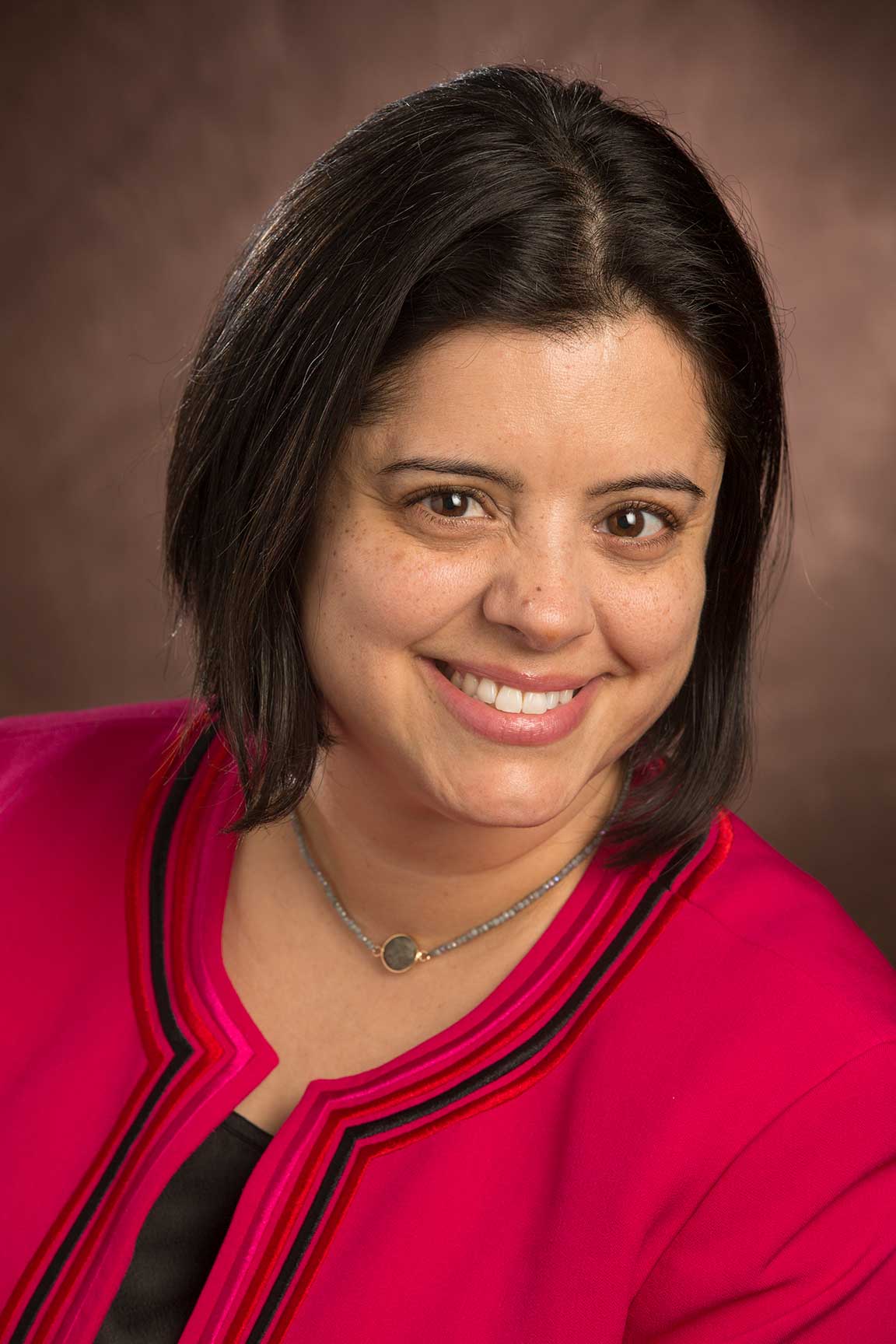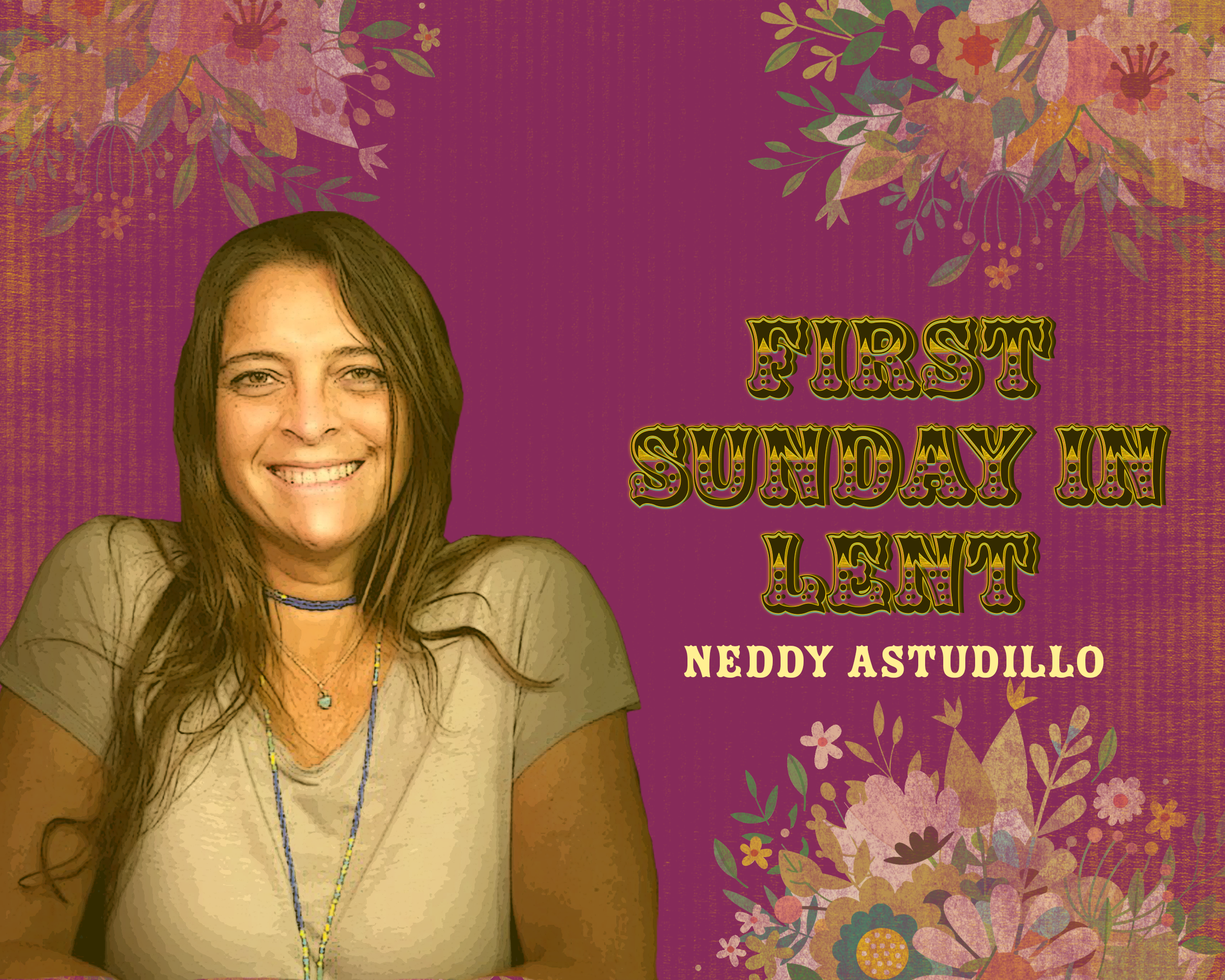The period of Lent helps us prepare our hearts and minds for the resurrection celebration of Easter. In this season, some people chose to leave certain delights aside while others opt for adding a valuable practice. This tradition allows our bodies & behaviors to join our hearts and minds in seeking and finding a more clear direction from the Holy Spirit who’s work calls us into the life God wants for us individually and in community.
In Psalm 27 lies a “Song of Confidence” and in it a liberative practice that holds in it the tensions of who God is and where we might find ourselves and how these truths might coexist. Today, you are invited into this practice by engaging scripture first and maybe even reading the psalm in a few different versions because receiving the message from multiple translations paints a broader picture for your spirit who is thirsting to understand a word from God.
It is most traditional to read the Psalm from top to bottom but for today allow yourself to go off the usual script. Look for any patterns that emerge. Notice the verbs. Note who are the subjects in the sentences. Who is going through what or doing what? When shifting your perspective away from left to right, top to bottom, while its poetic rhythm is no longer palpable, we are able to now appreciate the various pieces present differently. I ask you to particularly notice the following details:
- What words are used to describe who God is?
- What does God do?
- How does the Psalmist feel?
- What are the actions the Psalmist takes or recommends?
There is a more dynamic reality that is present in Psalm 27, which when observed thematically and in a different order, demonstrates how various things have the potential to coexist and inform one another. This could be less noticeable when progressing from left to right, top to bottom, beginning to end.
There are some real things happening to the Psalmist and real feelings as a result of the experiences. There is danger, surrounding threats, attacks, and adversaries. The rhetorical questions name emotions like fear with a troubled heart as a reaction. Statements like “false witnesses rising” and “enemies surrounding” imply relatable experiences for anyone who has felt overwhelmed, exhausted, taken advantage of, judged, unsafe, hurt, isolated, and vulnerable. Here is where our scripture passage can become a practice model to follow. There is a truth about who God is and what God does outlined by the Psalmist and that is a truth that coexists with the emotions they feel and the actions they might recognize, which are related to those true feelings.
For this Lenten practice, accept the invitation to explore some emotions you might be carrying and recognize how those emotions might inform your behaviors. For example, feeling tired decreases our ability to be present with others. Feeling overwhelmed makes us less flexible. Feeling shame can make us defensive. The important dynamic worth noting here is that feelings inform our behaviors and behaviors can also reinforce our thoughts and feelings looping us into a cycle that feeds itself. Those are cycles worth interrupting. If I feel alone, I might begin to notice who is gathering without me, which then can increase my sense of isolation. That is a cycle worth interrupting. Perhaps shame can have us lean towards silence & shutting down, which then increases culpability and loneliness. That is a cycle worth interrupting.
The Psalmist models how awareness brings choice and the Psalmist self-instructs to seek the Lord and bring attention to the beauty of God and it is in those choices – in that shift-of-attention – that we see a shift in behaviors for the Psalmist. Such is the shift that some translations speak of the Psalmist’s heart hearing an inner Spirit calling forth – “ven/come,” to which the Psalmist respond with a “aqui vengo, Senhor/here I come, Lord!” Given the last few years, it would be completely appropriate to have feel sadness, loneliness, fear, anxiety, and many other emotions associated with complex grief, loss, and trauma. This Lenten practice invites you to name those emotions and gives you an opportunity to liberate those (often compartmentalized) emotions and gift yourself with the possibility of blessing and releasing yourself from any unhelpful cycles as preparation for a heart, mind, and body that wants to hear the Holy Spirit’s call.
Because words on a page are sometimes just not enough, I encourage you to draw a butterfly big enough to hold the following pieces:
- How do I feel?
- What do I do because of how I feel?
- Who is God & what does God do? (You might borrow language from today’s Psalm.)
- What does the psalmist recommend (in this or other Psalms)?
- What does that “recommendation” look like in my life right now?
The Holy Spirit wants to move us from, “what does this all mean?” to, “what shall we do?” because it is in the Holy Spirit’s nature to stir up and move us towards a greater more generative life.* Recognizing our complexities and learning to hold our various experiences with their emotional charge in us is vital for understanding more clearly the Holy’s Spirit’s move within our hearts, minds, and bodies. Lent is a time to recognize costs and sacrifices as well as a time to adjust behaviors so we can focus on the sacrifice Jesus made and the gift of eternal life. Spend some time with your “butterfly.” Breath deeply and know you every right to feel your feelings. Listen to your heart, mind, and body with compassion and notice where the Holy Spirit might be leading you. Breathe. Deeply breathe.
Prayer: Gracious and loving Spirit, speak to our hearts, minds, and bodies. Uncover spaces needing grace and light. Awaken the fullness of who we are by your strength and wisdom. Thank you for being God who moves over chaos and brings life. Thank you for being God with us, God for us, and God in us. Lead us, Spirit. We are here. Amen.
*This perspective comes from the book Latina Evangélicas: A Theological Survey from the Margins by Loida Martel-Otero, Zaida Maldonado Perez, & Elizabeth Conde-Frazier
With this study comes a drawing to help you in this Lenten practice.

Alexandra Zareth is a child of God committed to helping reconcile people to themselves. As a mestiza female deeply rooted in indigenous spirituality, Alexandra is a Board-Certified Chaplain focused on brining wellness through an intentionally holistic lens.



Unbound Social